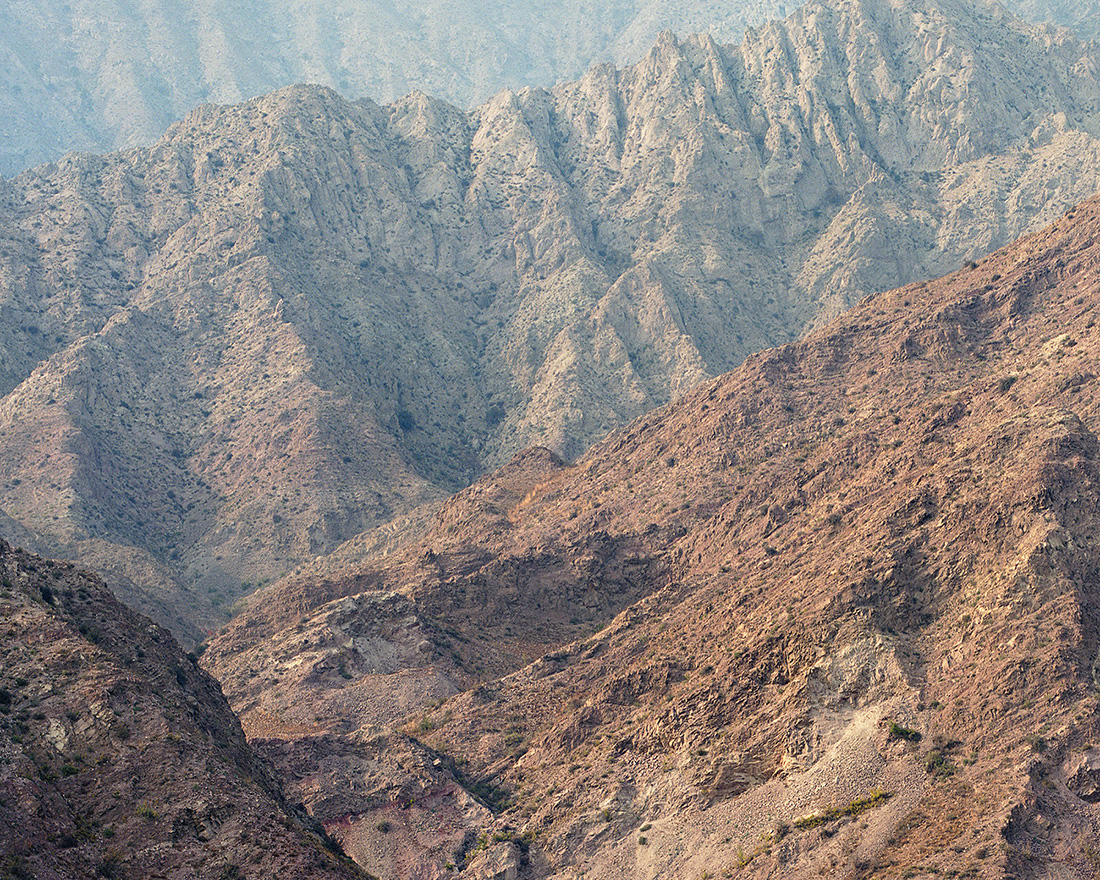Urban - 1ST PLACE WINNER: Sebastien-Raphael Tixier-Bourelly
Photo © Sebastien-Raphael Tixier-Bourelly
Sebastien-Raphael Tixier-Bourelly
SHAN SHUI
Support this photographer - share this work on Facebook.
Over the last thirty years China's growth has rocketed. This abrupt change has accelerated both the industrial and urban development of the country supported by the Chinese government. Today these governmental strategies are primarily aimed at developing the western regions of the country, but the emerging areas of activity bring on new challenges: increasing demands on the limited water supply, and urbanisation: the emergence of new cities and the development of those which already existed.
However, over time since Antiquity, observing nature has been elevated to the ranks of an art form. “Shan Shui”, meaning “Mountains - Water”, refers to a particular style of painting which pays tribute to the path of water and mountains while illustrating the opposition between immobility and motion embracing relief.
And Taoist philosophy - one of the two greatest philosophical systems that has emerged and developed in China - recommends that man return to the mountains and the forests, and teaches the idea of “non-intervention” in harmony with the Tao. Going against this means going against the principles of the origin of the world, and this would lead to chaos.
Far from its sacred status in mythology, nature is now tamed and shaped by man.
The regions running from Lanzhou to Shizuishan, where a booming industrialization and urbanization are taking place, are at the heart of the current government agenda. Irrigated by the sole Yellow River and spreading up steep contours, they represent the many challenges which regularly occur. Despite being known since time began as the “Mother River”, many incidents of river pollution have taken place in this part of the region in the past decades. It is also in these regions that the Chinese government has initiated the flattening of numerous mountains in order to encourage urban development and economic activity.
This body of photographic work just released brings together in one series the view of two photographers on the same territory. Sebastien Tixier and Raphael Bourelly team up to offer an overview of these regions and the important challenges they pose. A testimony of this nature sometimes preserved, sometimes being transformed, and the urban network that spreads and never stops evolving.
About author:
Born in 1980, Sébastien Tixier started photography as a self-taught photographer after engineering studies. His work ranges from documentary and photographic report to staged images, and has been awarded numerous prizes (2nd Prize Director’s Choice in Center Choice Awards 2015, short-listed in 2015’s Bourse du Talent Paysage, and 2016’s LensCulture Awards). “Allangorpoq”, his previous work about Greenland society’s transformations has been largely published and exhibited in festivals and galleries (in particular during solo shows in gallery Le 247 in Paris and at the Santa Fe’s Center for Contemporary Arts). He lives in Paris.
Raphaël Bourelly is born in 1984. He lives and works in Paris. Trained as a graphist, and passionate about photography since an early age, he started as a self-taught independent photographer. His work deals with the issues of space and urbanity, in France and across the world. Mutations of territories, landscapes and periurban spaces drive his attention and interest. His work has been selected and exhibited for numerous festivals, especially his work about South-Korean urbanisation (Itinéraire des Photographes Voyageurs, Festival de Pierrevert, short-listed in Quinzaine Photographique Nantaise).
Together they have decided to undertake a photographic work about China. This collaborative work let the viewer wanders among the dialogue between these two photographers, sometimes to offer the complementarity of their vision, and some other times their astounding similarity.

